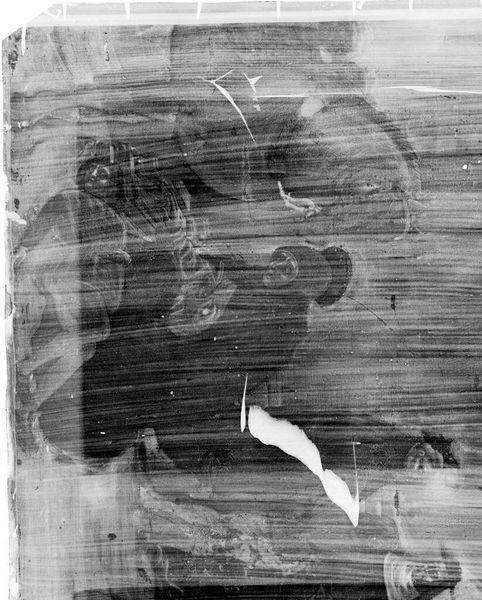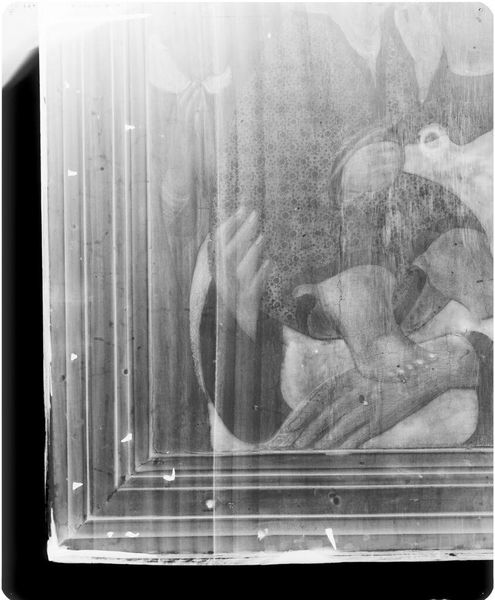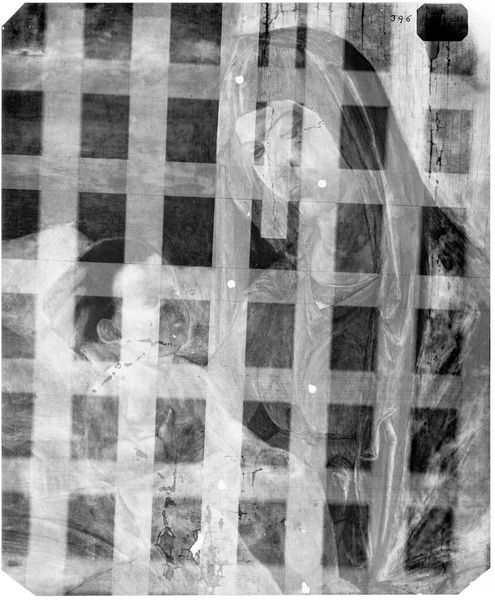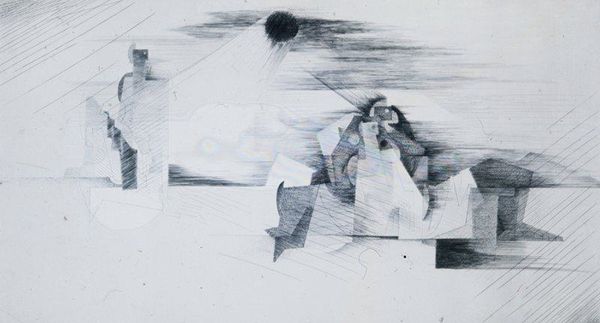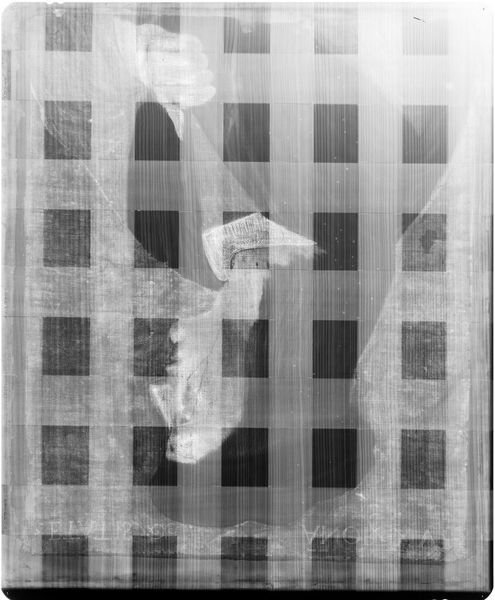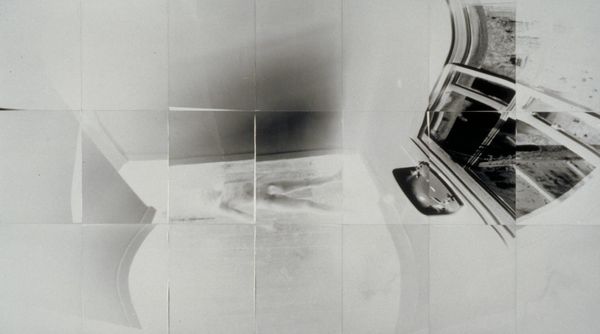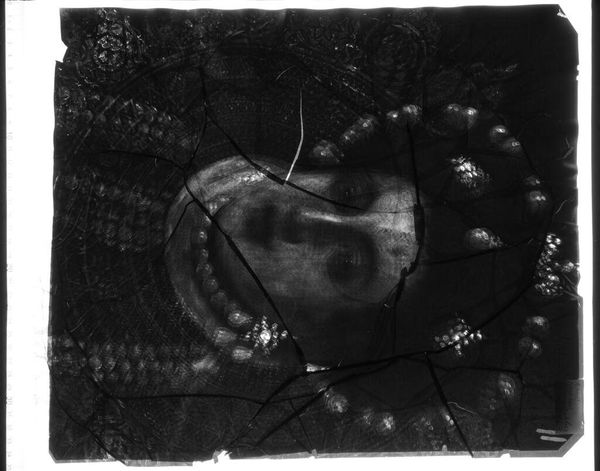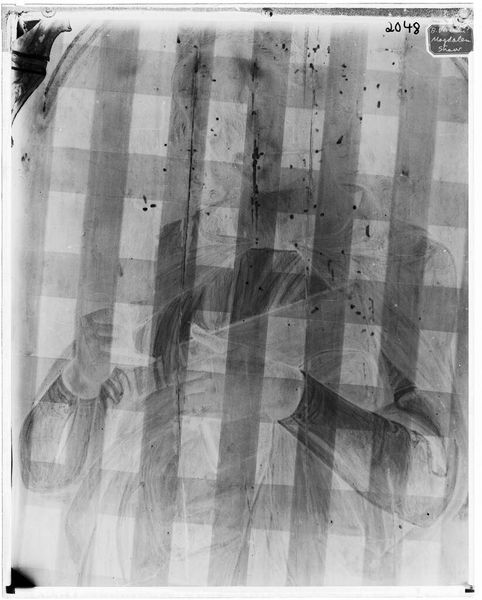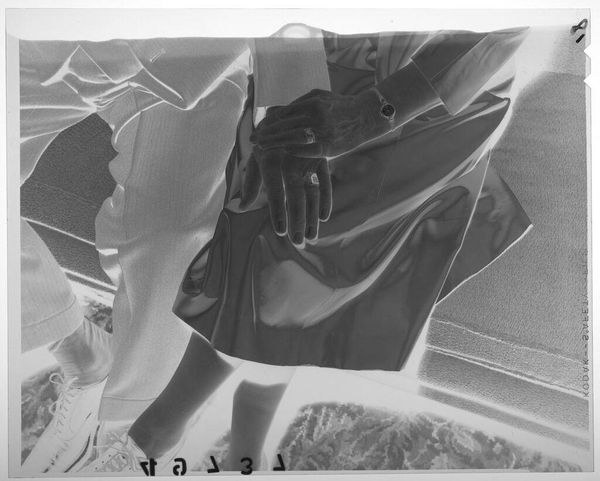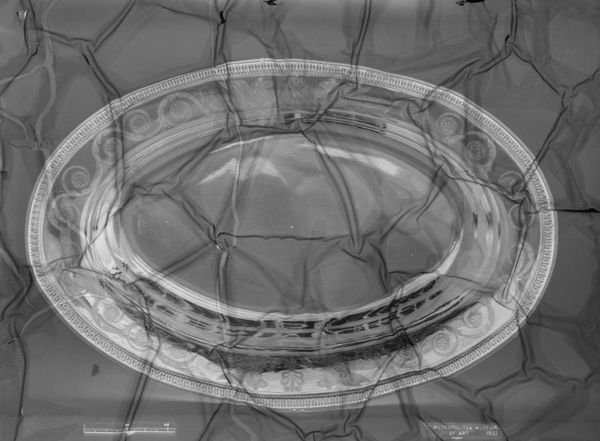
ceramic, porcelain, sculpture
#
sculpture
#
ceramic
#
porcelain
#
sculpture
#
decorative-art
Dimensions: Height: 3 in. (7.6 cm)
Copyright: Public Domain
Curator: Here we have a delicate, floral-painted teapot. Crafted in porcelain by the Royal Porcelain Manufactory sometime in the 19th century. Editor: Immediately I'm struck by its gentle curvature—the round body and soft floral motif seem so domestic, even comforting. A piece made for gentle rituals, it feels like. Curator: Precisely. Its form speaks volumes, doesn’t it? Note how the handle mirrors the spout's arc, creating visual symmetry, a sort of quiet structural harmony, especially when coupled with the placement of floral elements that complement the form itself. The composition has the potential to achieve aesthetic delight. Editor: Yes, the florals—what might they represent in the iconography of the time? Were these blossoms symbols of prosperity or perhaps intended as an emblem of love and delicate beauty? Considering porcelain as the primary medium, the teapot might reference delicacy but also wealth given the resources and labor that such a work implies. Curator: Undoubtedly. Porcelain as material dictates so much here, defining line, smoothness, and capacity for holding decoration. Consider how the artist manipulated light through the paint’s luster; subtle graduations enhance our perception of three-dimensionality across a limited pictorial space. Editor: Absolutely. Even its fragility speaks volumes. Teapots, like other ritual objects, have held enormous power to establish and sustain human relationship, providing comfort through routine, and embodying both personal connection and shared cultural values across different populations. Curator: It presents a paradox: fragile material, potentially profound cultural presence. The visual form suggests intimate function—holding tea and pouring. In contrast, it also functions as a vehicle carrying societal symbolic burdens. Editor: Precisely. From object of practical value, to carrier of symbolism, it stands as evidence of intimate yet lasting communication through visual symbols, a function which arguably endures despite this object being presented out of context in our museum. Curator: A perfect blend of utilitarian structure and expressive form, making it far more potent than simply the sum of its porcelain material and floral decoration. Editor: An echo from the past—an assertion that we should listen carefully when it whispers its subtle, powerful, history.
Comments
No comments
Be the first to comment and join the conversation on the ultimate creative platform.
